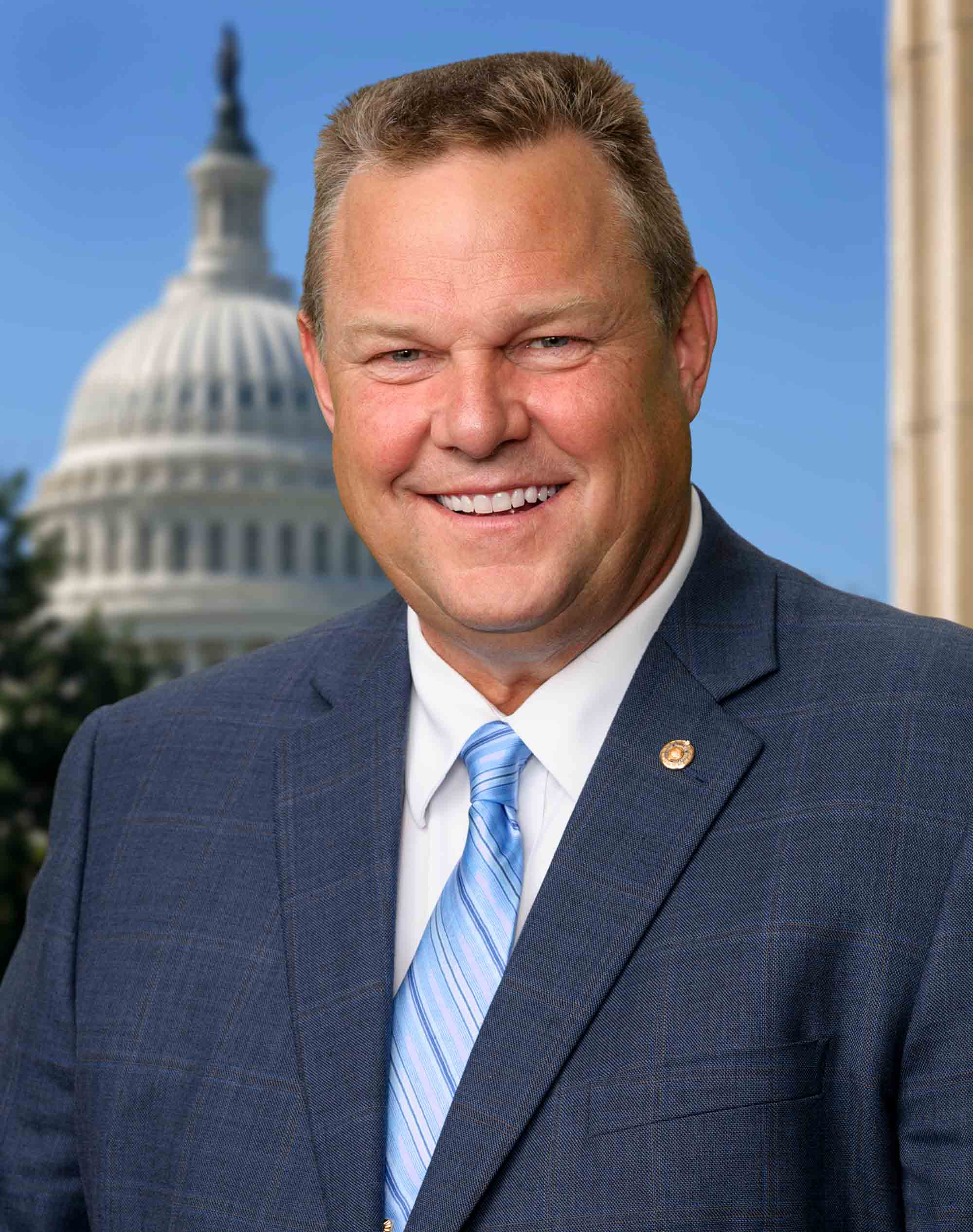Sen. Tester: FCC's Broadband Maps ‘Stink’
There appears to be bipartisan consensus that the FCC doesn't know its maps from a hole in the ground.
That would be the broadband coverage maps the FCC is planning to use to decide where to put more than $4.5 billion in rural broadband subsidies.
The FCC earlier this year put out the broadband maps of areas eligible for Mobility Fund Phase II money over the next decade as part of its move to redirect wireless carrier subsidies from where private capital was already at work to, as FCC Chairman Ajit Pai put it at the time, "something far more useful: bringing 4G LTE service to rural Americans who don’t have it today.
FCC Chairman Ajit Pai told a Senate Commerce Committee oversight hearing audience Thursday (Aug. 16) that the commission was doing its best to identify where service did and did not exist, so commercial providers did not get overbuilt in the first instance but build-outs could be subsidized in the latter instance.
Related: NTIA More Likely Than FCC to Produce Unbiased Broadband Report
That included extending the time period—by 90 days to Nov. 28—in which interested parties could challenge the FCC maps' accuracy.
That did not seem to assuage a restless group of legislators from rural states.
Multichannel Newsletter
The smarter way to stay on top of the multichannel video marketplace. Sign up below.

Sen. Jon Tester was the most vocal in his criticisms of the maps. "They stink," he said.
Tester said he was not sure that the challenge process to take care of the problem was going to work. He asked whether if he gets a text to send on one side of his house, but not the other, does that constitute coverage?
Later he was even more emphatic.
"I can send texts based on where the sun is in the sky, basically. And I can get voice calls...sometime, depending on which direction I'm driving the tractor,” he said, calling out Frontier for getting subsidy money but not spending it.
Tester said they still don't have 1G where he lives, much less five.
Pai said the reason the FCC had been modernizing its rules—like rolling back net neutrality regs—was to help build that case for 5G in rural areas and drive the investment to make that a reality. Tester said he thought it was going to take more than rules, and instead would take "some sort of a push." He had a specific one in mind.
"We've got to kick somebody's ass," he told the chairman. Pai joked that the FCC would take that as a figurative, rather than literal, congressional directive.
Tester aligned himself with Democrat Commissioner Jessica Rosenworcel's comment that without good maps, a lot of money would be unnecessarily spent.
Tester also said he was pleased Verizon was rolling out 5G in Indianapolis and other big markets, but said he was afraid they would never get it in Montana.
Sen. Amy Klobuchar (D-Minn.) said she would take a "Minnesota nice" way of registering the same criticism as Tester.
Commerce Committee Chairman John Thune, a Republican from the equally rural state of South Dakota, summed it up: "I think what you guys are hearing is bipartisan concern about the maps and making sure that we are accurate and not overbuilding [or underbuilding, as Tester seemed more worried about] and that those areas that truly need the help are getting it."
Contributing editor John Eggerton has been an editor and/or writer on media regulation, legislation and policy for over four decades, including covering the FCC, FTC, Congress, the major media trade associations, and the federal courts. In addition to Multichannel News and Broadcasting + Cable, his work has appeared in Radio World, TV Technology, TV Fax, This Week in Consumer Electronics, Variety and the Encyclopedia Britannica.

